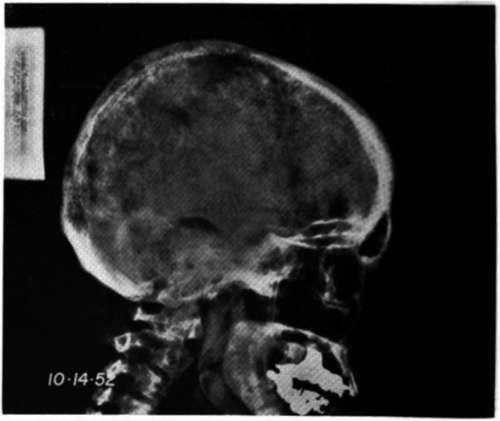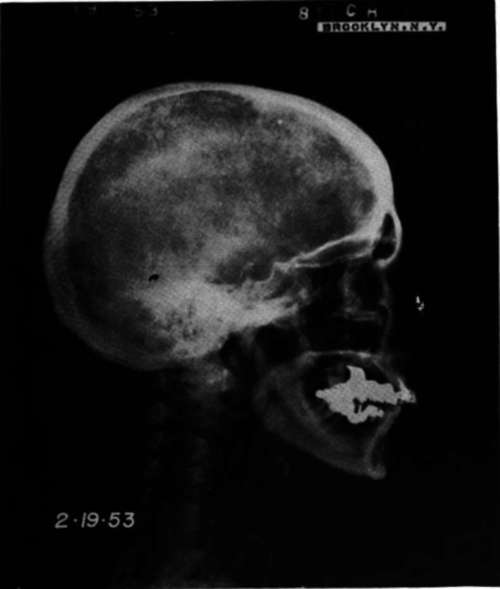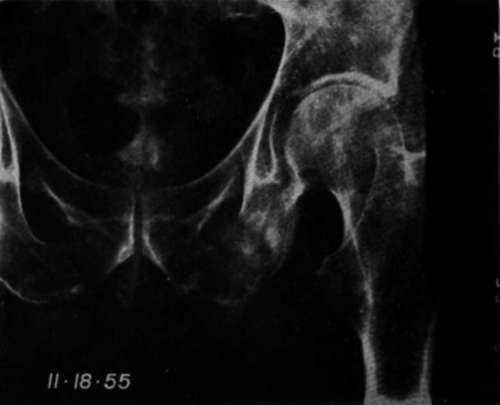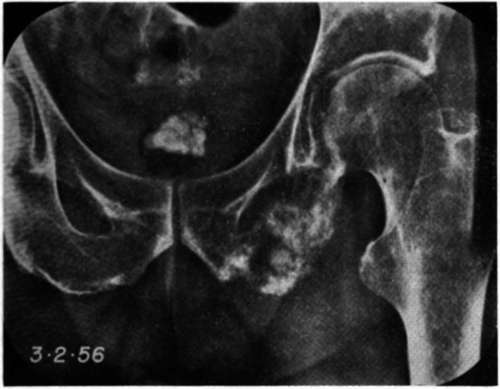Heterogeneous Agents Cancer Treatment
Description
This section is from the book "Research In Physiopathology As Basis Of Guided Chemotherapy With Special Application To Cancer", by Emanuel Revici. Also available from amazon: Research In Physiopathology
Heterogeneous Agents Cancer Treatment
Because of the organism's defense against the fatty acids with which it comes in contact under normal and abnormal conditions, more heterogeneous agents were sought. We first resorted to the alpha hydroxy fatty acids. Isolated members and mixtures of the acids, after being prepared and tested for toxicity in animals, were used in patients. We have discussed previously the striking and specific effect obtained upon lymphosarcoma in C3H mice with alpha hydroxy caprylic acid. Although we were not able to account for this effect, we did attempt to determine whether the acid would have a similar favorable influence upon human lymphomas, especially Hodgkins' disease. Several patients with Hodgkins' disease were treated by oral administration of preparations of alpha hydroxy fatty acids from caproic to stearic acids, or with mixtures of them. Only in a few subjects were very limited effects, such as a small decrease in the lesions, observed. Changes were not considered to exceed those known to occur spontaneously in such cases. These effects were inferior to those obtained with the fatty acid preparations previously tested. There were no effects upon evolution of other lymphomas or in other types of cancer. Alpha hydroxy preparations produced limited subjective changes in less than 10% of cancer patients, and no marked objective changes at all.

Fig. 183. Lateral view of the skull of patient (S.T.) showing multiple osteolytic processes.

Fig. 184. Lateral view of the skull of patient (S.T.) showing most of the lesions disappeared.
Fig. 185. Anteroposterior view of the pelvis of a patient with an adenocarcinoma of the bladder, showing the destruction of the left ischion bone.

Other heterogeneous fatty acid preparations were obtained and, after study of their pharmacological activities, were applied in humans. Poly hydroxy fatty acids, peroxides of fatty acids, and fatty acids in which chlorine was fixed at the double bonds, were tested in only a limited number of patients, but enough cases to show that effects were no different from those obtained with conjugated fatty acids, for instance.
Parallel to these efforts to find new agents for patients with the one type of offbalance, other agents for use against the opposite type of off balance were investigated.
Sterols and nonsaponifiable fractions were treated in various ways to obtain heterogeneous substances not found in living organisms. We used heat at 300°C or ultraviolet light, according to the procedures employed by Roffo, in order to induce changes in sterols which would tend, according to him (198) to make them carcinogenic. We considered these heat or ultraviolet treated sterols and nonsaponifiable fractions to represent abnormal lipoids. They were administered in oily solutions to animals and to a few patients with advanced malignancies. Injected intramuscularly daily for a few weeks, they induced no undesirable results. Their effects upon pain and systemic changes were not significantly different from those of corresponding untreated preparations. The studies of other changes in cancer patients treated with these preparations do not allow any conclusions to be drawn at this time.

Fig. 186. Anteroposterior view of the pelvis of patient of Fig. 185, 4 months later, showing the healing of the lesion.
We prepared and studied various sulfurized fatty acids, of which the conjugated were used on a broad scale in therapeutic trials. Clinically, these sulfurized fatty acids produced marked results in several cases, but did not constitute a significant advance over sulfurized oil in which sulfur was bound to triglycerides rather than to free fatty acids.
In the search for more active thiolipoids, we prepared several products, one of which, methylthioglycolate, was given a broad clinical trial. Although it produced some interesting objective results, they were neither sufficiently intense nor consistently reproducible nor persistent enough to make methylthioglycolate a distinct advance over the other sulfur preparations used. The compound also had the disadvantage of disagreeable odor although it is not as obnoxious as the mercaptans. As a result, we abandoned the use of this substance after a year of clinical experiments.
Of 131 patients treated with methylthioglycolate, 39—or 30% showed subjective changes and 19—or 15%, also showed objective positive changes.
Another synthetic thiolipoid, hexylthionic acid, was utilized in a few clinical cases. Only a small number of patients showed objective clinical results and these were neither consistent nor persistent enough to warrant using this substance for further research. While the results obtained with agents other than mercaptans having a thiol polar group were interesting, these compounds had too little influence upon tumors, especially in cases where the pattern indicated persistent predominance of sterols.
Continue to:


